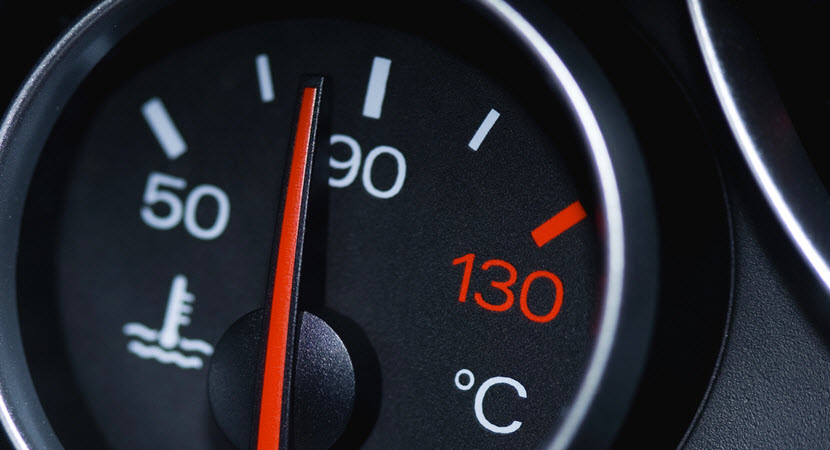BMW is one of the leading brand names within the automotive industry. Over the decades, they have earned an image of luxury, precision, and quality German engineering. One of the things that makes BMW stand out is its attention to detail. Maintenance, parts, and repairs for these German-made cars make BMWs one of the most convenient vehicles to maintain. When you find a problem in your BMW, such as with odd engine temperature readings, the gauge might be at fault.
Air moves across the fins of the radiator whenever your car is moving. When that happens, the heat is removed from the liquid coolant on the inside of the radiator. When your car stops and the air is not moving across the radiator, you may notice that your temperature gauge goes up. This could mean your engine is overheating.
Ways to Diagnose Odd Temperature Gauge Readings
Some engine temperature sensor is located under the hood at the front of the engine near the oil filter and radiator. Other models may place the temperature gauge elsewhere, so it’s best to refer to your owner’s manual or bring it to our professionals for an expert inspection.
If your temperature gauge is not working, there are some things you need to know;
- Faulty temperature sensor/sending unit: A faulty temperature sensor can cause your sensor to read the coolant temperature incorrectly and send the wrong signal to the gauge. This could make it read as cool when it is running hot or hot when it is running cool.
- Broken thermostat: The thermostat gives an accurate reading of the temperature because it restricts the airflow of coolant through the radiator. However, it may continue to read cooler than the actual temperature if the thermostat gets stuck open and is no longer able to restrict the flow.
- Corrosion: Corroded connectors at the sensor, the gauge, and the engine control unit can result in odd temperature readings. You may be able to diagnose this yourself if you can get a look at the firing and see where everything connects.
It’s important to look out for any of these signs when you notice an odd temperature reading. The entire temperature gauge can be faulty when there is odd temperature gauge reading. This can be more problematic than it may sound at first. Also, bringing your car to our professional mechanics can save you a lot of money in the long run.
DIY: Diagnosing the Problem
It can be difficult for the average car owner to know if the problem with your temperature gauge is the engine overheating or the gauge itself. There are a few tricks to help you figure it out.
- Run the engine for about 20 minutes until the gauge says you’re running hot.
- Open the hood and take a look at your coolant tank.
- If your coolant seems hazy, rusty, or muddy in any manner, it has become polluted and could be causing your engine to overheat.
- Check if your cooling fan is working.
- Check if the upper radiator hose which connects the radiator tank to the engine is hot or if the engine is hot.
- Turn off your engine and wait 30 When your engine is cool, check the radiator cap. A loose cap can lead to inconsistent temperature signals.
- Any coolant leaks you see will also lead to overheating.
The above will help you determine if your engine is overheating when there are odd temperature gauge readings.

The Best BMW Service Center in San Diego
The longer your engine overheats, the greater potential for more damage and high repair cost down the road. If your temperature gauge in your engine is not working, you need experts to diagnose the root cause and repair it properly.
Diester’s Porsche & BMW Services has decades of experience. Our mechanics use the latest factory-grade tools and equipment so that we always give your BMW the high-quality service it deserves.
We also provide services to residents in Chula Vista, Coronado, Mission Valley, and Point Loma, CA. Give us a call at (619) 234-8106 to schedule an appointment with us today. We look forward to maintaining your BMW for years to come.


